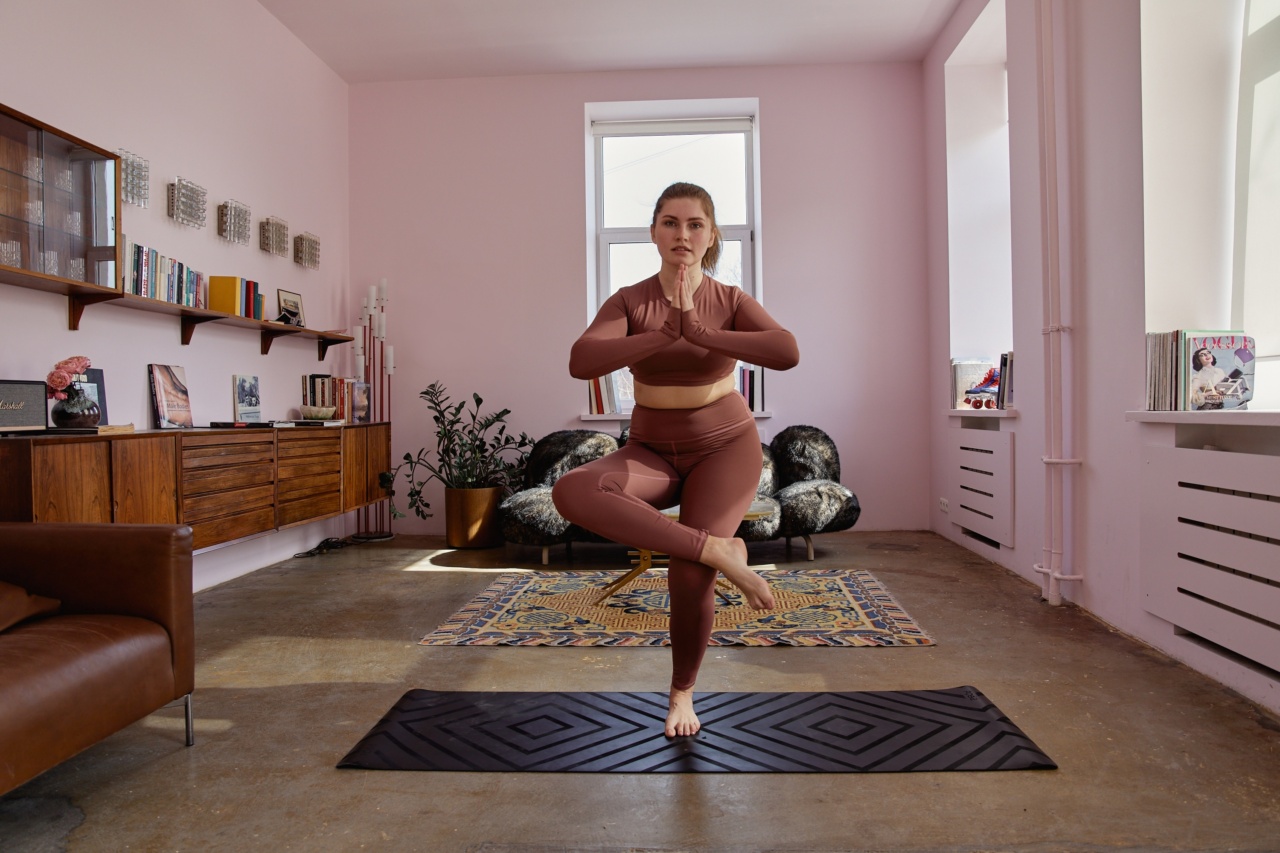Staying fit and healthy is a lifelong journey, and there’s a lot of misinformation out there about how to achieve your goals.
In order to get the most out of your workouts and avoid common mistakes, it’s important to separate fact from fiction. Here are some of the most persistent workout myths, and the truth behind them.
Myth #1: You Can Spot-Reduce Fat
If you’re trying to lose weight in a specific area, like your belly or thighs, you might be tempted to focus on exercises that target those spots. However, this won’t be effective.
The human body doesn’t work that way; when you lose weight, it happens proportionally all over your body, rather than in one area. The only way to lose fat in a particular spot is to lose weight overall, and eventually the fat in the target area will go away, too.
Myth #2: Cardio is the Best Way to Burn Fat
While cardio is an important part of any fitness routine, it’s not the only way to burn fat. In fact, strength training is just as effective, if not more so.
Not only does building muscle boost your metabolism, but it also helps you burn more calories overall, thanks to the increased energy demands of maintaining muscle tissue. Plus, incorporating variety into your workouts can help keep you motivated and prevent boredom.
Myth #3: Lifting Weights Will Make You Bulk Up
Many women avoid lifting weights because they’re afraid of getting “too bulky.” However, this fear is generally unfounded.
Women’s bodies don’t produce as much testosterone as men’s, which means it’s much harder for them to develop large muscles. Most women would have to adopt an extremely aggressive lifting routine before they started to bulk up. Instead, strength training helps build lean muscle that can help you look and feel more toned.
Myth #4: Crunches are the Best Way to Get Abs
Crunches are a classic ab exercise, but they’re not the most effective. In fact, focusing too much on crunches can actually do more harm than good, since they put a lot of pressure on your spine and can cause lower back pain.
Instead, it’s important to engage your entire core with exercises like planks, side planks, and glute bridges. These moves work multiple muscle groups and build strength in a way that crunches can’t.
Myth #5: You Need to Work Out Every Day
While consistency is key when it comes to fitness, it’s also important to give your body time to rest and recover. Working out every day can actually be counterproductive, since it doesn’t give your muscles time to rebuild and grow.
Instead, aim for at least one day of rest per week, and consider incorporating active recovery into your routine, like yoga or a light walk, on those days.
Myth #6: You Can’t Work Out if You’re Sick
While it’s true that working out when you’re seriously ill can be detrimental to your health, moderate exercise can actually help boost your immune system and speed up recovery from minor illnesses.
Of course, this is highly dependent on the individual, and you should always listen to your body and talk to a doctor if you’re not sure whether it’s safe to exercise. But in general, if you’re feeling up to it, light to moderate exercise can be beneficial.
Myth #7: You Have to Stretch Before Working Out
Stretching before a workout used to be considered a must-do, but recent research has shown that it may not be as important as we once thought.
Dynamic stretching, or moving stretches that mimic the movements you’ll be doing during your workout, can be helpful for warming up and preparing your body for exercise. But static stretching, which involves holding a stretch in one position, has been shown to be less effective and may even increase the risk of injury. Instead, try incorporating a warm-up routine that includes dynamic stretches and light cardio.
Myth #8: No Pain, No Gain
This phrase, popularized by the fitness industry, has been used to encourage people to push through discomfort and pain in order to achieve results. However, it’s important to listen to your body and avoid pushing yourself too hard.
Pain is a sign that something’s not right, and pushing through it can lead to injury and long-term damage. Instead, focus on finding a balance between challenging yourself and staying within your limits, and always prioritize proper form and technique over intensity.
Myth #9: You Have to Work Out for Hours a Day to See Results
While it’s true that you need to put in consistent effort in order to see results from your workouts, you don’t have to spend hours a day at the gym. In fact, short, intense workouts can be just as effective as longer, lower-intensity ones.
The key is to find a routine that works for you and stick with it. And always remember that quality is more important than quantity when it comes to workouts.
Myth #10: You Can Eat Whatever You Want if You Work Out Enough
This is a dangerous myth, since it can lead people to believe that they can eat whatever they want without consequence.
While it’s true that exercise can help offset some of the calories you consume, it’s not a free pass to indulge in unhealthy foods. Nutrition plays a crucial role in overall health and fitness, and it’s important to fuel your body with the right nutrients in order to see the best results from your workouts.



























